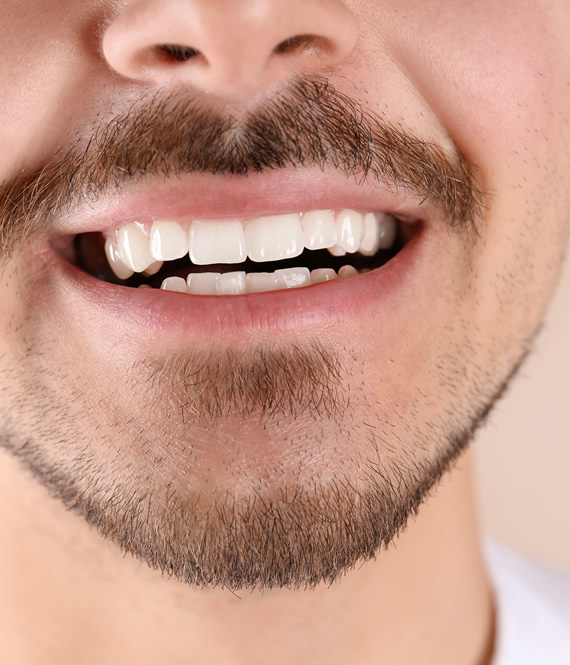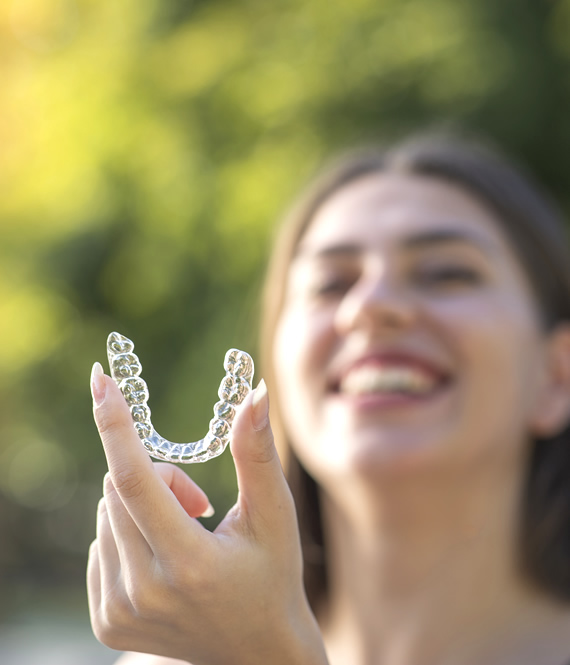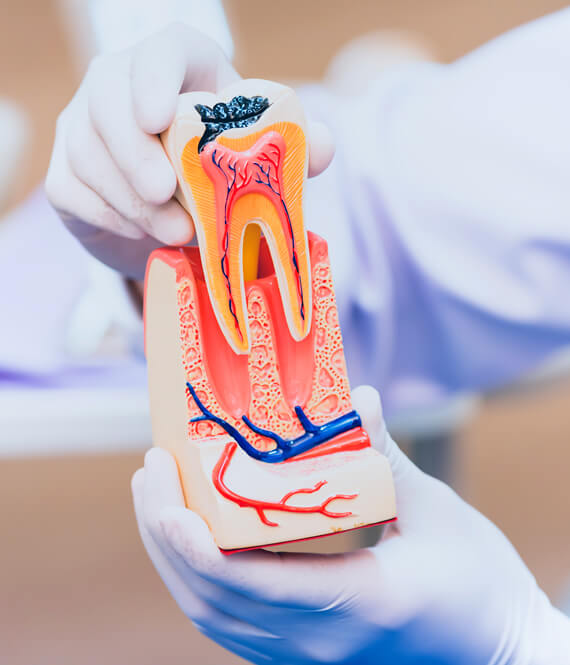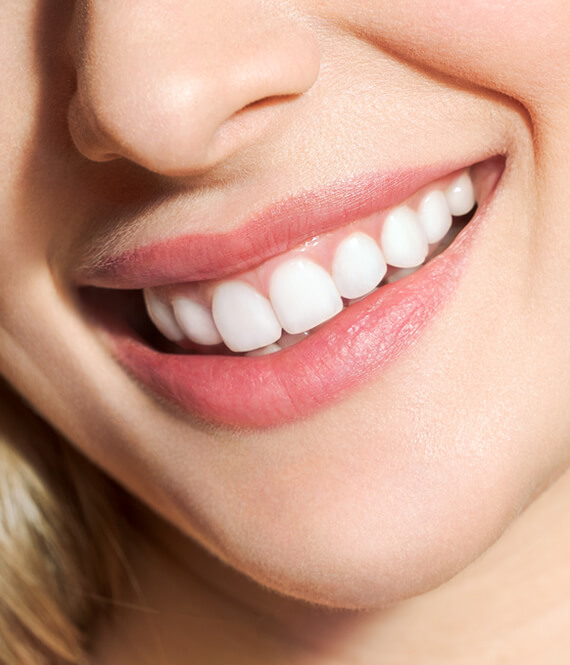
Missing Or Damaged Teeth: 8 Treatment Options To Consider
We recommend helpful products in our articles. Read our full disclosure here. The content on this website is not intended to be a substitute for professional advice, diagnosis, or treatment.
Tooth health and appearance have a greater impact than what people often give them credit for.
A dazzling, complete set of pearly whites can light up your smile, imbue you with confidence, and help you make lasting first impressions.
On the other hand, missing or damaged teeth can be a source of self-consciousness, impair your ability to enjoy food, and even affect how you communicate.
But what if you find yourself in the latter category?
What options do you have at your disposal?
Modern dentistry has evolved considerably through the years, offering an array of innovative treatments designed to restore your smile’s function and aesthetics.
This comprehensive guide will explore such options, helping you understand your choices and steer your way to a healthier, happier smile.
All-On-4 Implants
All-On-4 dental implants offer a complete set of new teeth with just four implants per arch.
This treatment is particularly beneficial for those missing most or all of their teeth.
During the procedure, two implants are placed vertically in front of the jaw.
Then, two additional dental implants are positioned at an angle in the back of the mouth.
These provide increased support, allowing for a full arch of teeth to be affixed.
However, All-On-4 may not be suitable for everyone.
It requires good oral health and proper hygiene practices post-surgery.
Therefore, it’s essential to consult a dental expert to find out if full mouth dental implants like All-On-4 are best suited for your missing or damaged teeth.
Dental Bridges
If implants aren’t your cup of tea, dental bridges might be the answer.
A bridge is a series of connected crowns that fills the gap left by missing teeth.
The neighboring teeth serve as anchors for the bridge, providing support.
Bridges restore your smile and ability to chew and speak properly.
They’re quicker and less invasive than implants.
However, they require alteration of healthy adjacent teeth and might not last as long.
Traditional Dental Implants
Dental implants are considered the gold standard for tooth replacement.
They consist of a titanium post implanted into the jawbone, acting as the root of the tooth, topped with a custom-made crown.
Implants have several advantages:
- They preserve the jawbone.
- They prevent adjacent teeth from shifting.
- They restore almost 100% of your chewing power.
However, they require healthy gums and sufficient bone density.
Plus, the process may take several months and could be costly.
Dentures
Dentures are an excellent option for those with multiple missing teeth.
They come in two types: complete and partial.
- Complete dentures replace all teeth in either the upper or lower jaw.
They’re held in place by suction and the natural contours of the gums.
- Partial dentures replace missing teeth when there are still some natural teeth remaining.
They’re held in place by metal clasps or attachments that grip the natural teeth.
While dentures are an affordable and non-invasive option, they may not provide the same comfort and efficiency as natural teeth or implants.
On top of that, you have to maintain them to prolong their lifespan and prevent oral issues.
Root Canal Therapy
For damaged teeth, root canal therapy can be a potential solution.
This treatment involves removing the infected or inflamed pulp of the tooth, cleaning, disinfecting, and filling the inside.
Root canals can help save natural teeth, preventing extraction.
They’re a cost-effective solution to treat severe tooth decay or injury.
However, the tooth might need a crown afterward for protection and functionality.
Dental Veneers
Dental veneers are thin shells placed in front of the teeth to improve appearance.
They’re an excellent option for damaged teeth that aren’t severely decayed or broken.
Veneers can transform your smile, covering up chips, cracks, and discoloration.
Keep in mind that veneers are primarily cosmetic.
They’re not suitable for teeth with severe damage or decay.
Plus, the process is irreversible because it removes the affected tooth’s enamel permanently.
Dental Bonding
Dental bonding uses a tooth-colored resin applied to the tooth and hardened with a special light.
It’s an effective treatment for chipped, cracked, and discolored teeth.
The procedure is simple and can often be done without anesthesia.
However, bonding materials may not last as long as other restorative procedures.
Crowns And Caps
A dental crown or cap covers a damaged tooth.
Crowns restore shape, size, and strength and improve appearance.
They’re suitable for teeth that are chipped, broken, worn down, or severely decayed.
The procedure usually requires two visits to the dentist.
Practical and versatile crowns may not be necessary for minor damage.
Conclusion
There are many options for treating missing or damaged teeth.
Each has pros and cons, so the best choice depends on your unique needs, oral health, and budget.
Schedule an appointment with your dentist to find the best treatment for you because everyone deserves a healthy, beautiful smile.
"We love to research problems, examine studies, analyze solutions, and share with you ideas that make life healthier. You can learn about us and our editorial standards here. Have suggestions or feedback to share? Send us a message!."













Leave a Comment